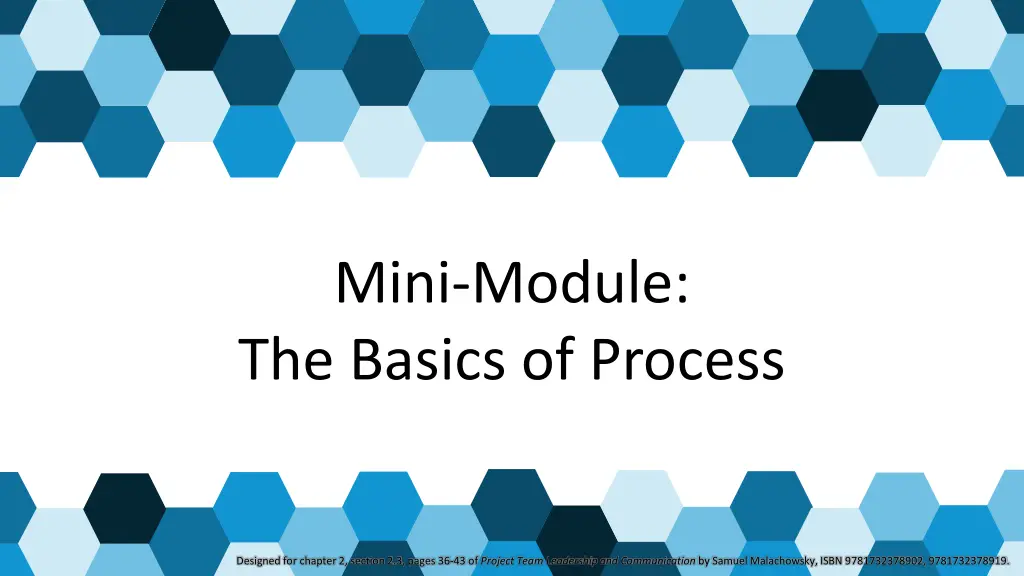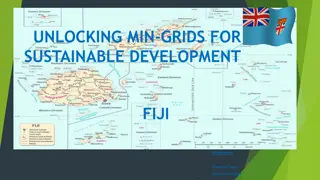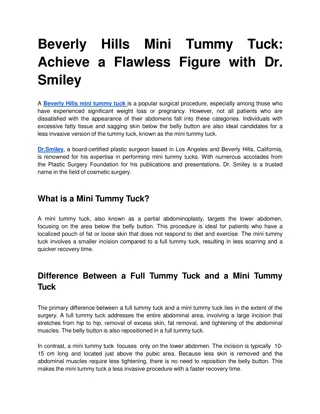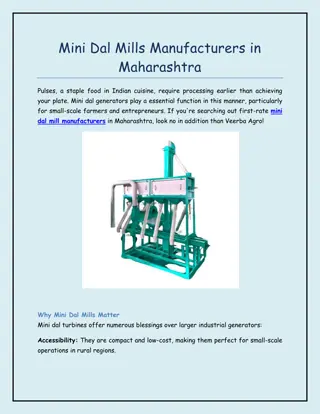
Organizational Process Models and Their Characteristics
Explore different process models like Plan-Focused, Cyclical, and Change-Focused, each with its strengths and weaknesses in project management. Understand how organizational values and needs shape the choice of a suitable process model.
Download Presentation

Please find below an Image/Link to download the presentation.
The content on the website is provided AS IS for your information and personal use only. It may not be sold, licensed, or shared on other websites without obtaining consent from the author. If you encounter any issues during the download, it is possible that the publisher has removed the file from their server.
You are allowed to download the files provided on this website for personal or commercial use, subject to the condition that they are used lawfully. All files are the property of their respective owners.
The content on the website is provided AS IS for your information and personal use only. It may not be sold, licensed, or shared on other websites without obtaining consent from the author.
E N D
Presentation Transcript
Mini-Module: The Basics of Process Designed for chapter 2, section 2.3, pages 36-43 of Project Team Leadership and Communication by Samuel Malachowsky, ISBN 9781732378902, 9781732378919.
Organizational Values and Needs Similar to the concept of culture, organizations have defining characteristics: How customers are treated (input, visibility into inner workings) Risk tolerance and preferred schedule certainty Experience level of personnel and management And these can highlight certain needs. For example: The need for extremely clear requirements/specifications vs. the need for stakeholder input (prototypes, revisions, etc.) The need for a clear schedule vs. the need for a responsive project The need for many or few project artifacts (documentation)
Plan-Focused Process Models Each step must be completely done before the next can be begun Plans are made for each step, then executed waterfall style Strengths: high, schedule certainty, easy to understand, straightforward, time-tested Weaknesses: does not handle uncertainty/change well, stakeholder visibility can be poor (only changes of phase) Diagram: Malachowsky, Samuel. Project Team Leadership and Communication. Lintwood Press. 2018. p. 37. Project Management Institute. A Guide to the Project Management Body of Knowledge Fifth Edition. Project Management Institute Inc. p. 44-46. 2013.
Cyclical Process Models Projects cycle through delivery or feedback phases Plans are made a little-at-a-time Strengths: stakeholder visibility is often higher than Plan-Focused Weaknesses: can be difficulty to know when to stop, requires strong disciplined leadership or can get out of control Incremental Process Model Iterative Process Model Diagrams: Malachowsky, Samuel. Project Team Leadership and Communication. Lintwood Press. 2018. p. 39. Project Management Institute. A Guide to the Project Management Body of Knowledge Fifth Edition. Project Management Institute Inc. p. 44-46. 2013.
Change-Focused Process Models Responsiveness to change and stakeholder input is the most important aspect Similar to Cyclical Process Models Requires experienced, disciplined leaders and team members Strengths: stakeholder visibility is high (they re consulted frequently), responds well to changing market conditions or circumstances Weaknesses: can go on forever if stakeholders are uncertain or conditions keep changing, requires frequent customer interactions Diagram: Malachowsky, Samuel. Project Team Leadership and Communication. Lintwood Press. 2018. p. 40. Project Management Institute. A Guide to the Project Management Body of Knowledge Fifth Edition. Project Management Institute Inc. p. 44-46. 2013.
Process in Organizations Process are actually much less abstract (they re more exact) in organizations Steps in some processes may be other processes Standardization allows simplification, learning from experience of others, and cost savings ISO 9001 is a process certification Diagram: Malachowsky, Samuel. Project Team Leadership and Communication. Lintwood Press. 2018. p. 42.
Activity Rolling Your Own Process In teams of 3-4, consider the following scenario: Management at Austere Engineering, Inc. has recently come to the realization that there is no formal onboarding (hiring, orientation, training, etc.) process for new engineering team members. Look at the values and needs listed on page 36. As a group, decide how important each of these elements are to Austere Engineering, Inc. Considering the models illustrated on pages 37-41, create a basic process for onboarding a new engineer






















